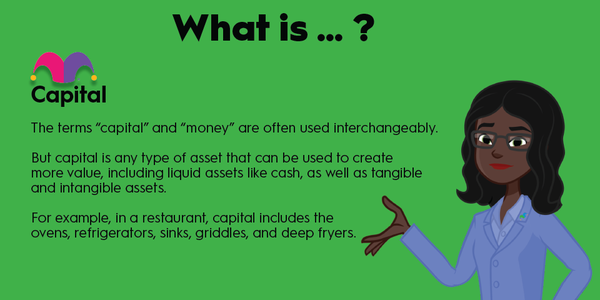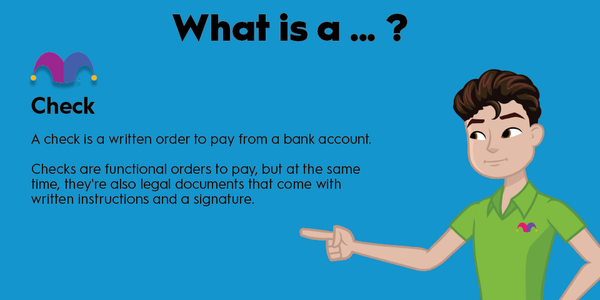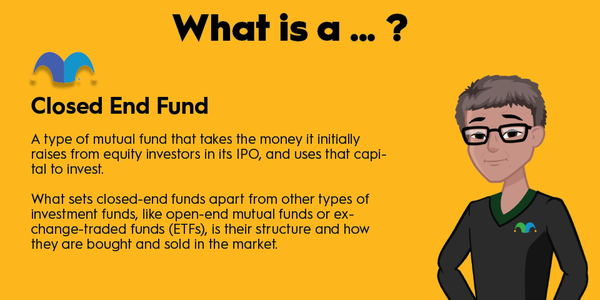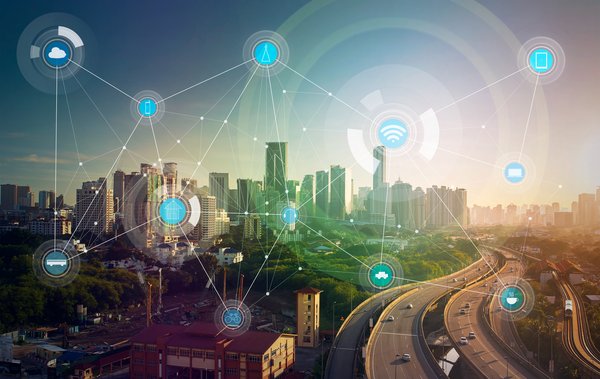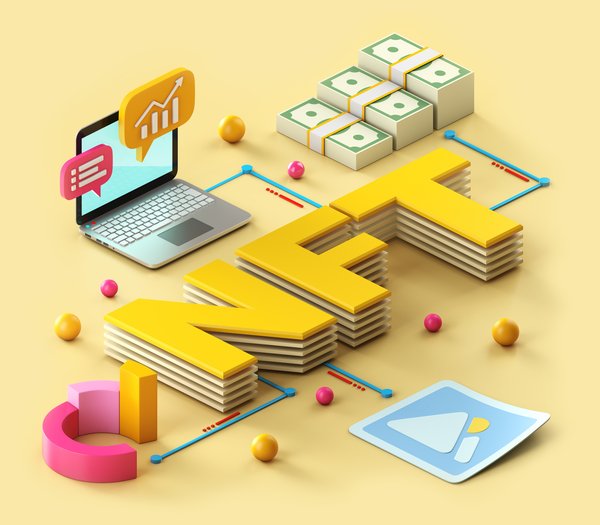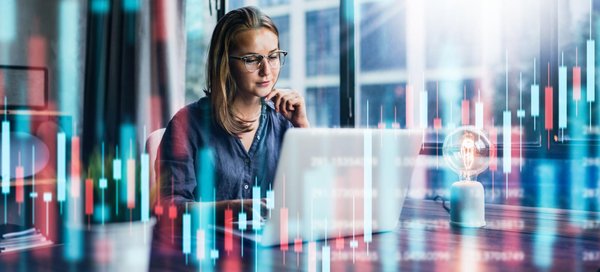Artificial intelligence (AI) is all the rage in the investing world right now, but the emerging technology has several forms, including large language models like ChatGPT, machine learning, and computer vision. The latter, computer vision, could be one of the most transformative versions of AI since it holds the key to innovations like autonomous vehicles (AVs). Keep reading to learn more.

What is computer vision?
What is computer vision?
Computer vision is a form of artificial intelligence that trains computers to receive information from digital and real-world images. Computer vision trains machines to perform and automate tasks that typically require human intelligence. Like other types of AI, computer vision relies on large amounts of data and algorithms based on machine learning to replicate how the human brain works.
How does computer vision work?
How does computer vision work?
Computer vision models are trained to interpret images, breaking them down into pixels from which they can learn patterns to recognize in future instances. Computer vision works on several levels.
The first is segmentation, which means the AI divides an image into several regions, shapes, or objects. From there, computer vision uses classification and localization to determine the type and location of the image. Finally, it uses object detection to identify multiple objects within the same image.
These techniques are used to identify lanes and vehicles on roads and even in sports to identify and analyze players' movements. Computer vision can also help referees or umpires call balls and strikes in a baseball game, as that fits neatly with the elements of computer vision described above. Calling balls and strikes accurately relies on object recognition -- in this case, a baseball -- and determining its location, a suitable task for computer vision algorithms.
What can computer vision do?
What can computer vision do?
Computer vision currently has a wide range of applications -- and the potential for many more in the future. For instance, the "Just Walk Out" technology behind Amazon's (AMZN 3.43%) Amazon Go convenience stores relies on computer vision. Amazon uses the technology to see the products shoppers take off the shelves and charge them accordingly.
Similarly, facial recognition technology can use computer vision to identify an individual face or even pick out a face in a group.
Finally, AVs and robotics may be the most powerful applications of computer vision. Computer vision helps self-driving cars detect and classify objects, measure distances, and identify other cars and pedestrians.
Many industries, including agriculture, also use computer vision with drones. Drone-based crop analysis helps farmers identify crops that might be diseased, need water, or suffer other problems. It can also help automate the spraying of pesticides, saving manual labor and increasing production yields.
What's an example of computer vision?
What's an example of computer vision?
AVs are not only a valuable application of computer vision but also offer a good example of how it's used. AVs generally use computer vision in a number of ways.
For instance, they use detection to see the road, signs, other vehicles, and obstacles. They also use localization to determine where a car is geographically and on the road and then plan a path, calculating its trajectory forward. AVs use a Pathfinder tool to determine where they can drive safely.
Artificial intelligence already seems to be pushing stocks higher toward the next bull market, and AVs and computer vision could help energize investors much like generative AI.











